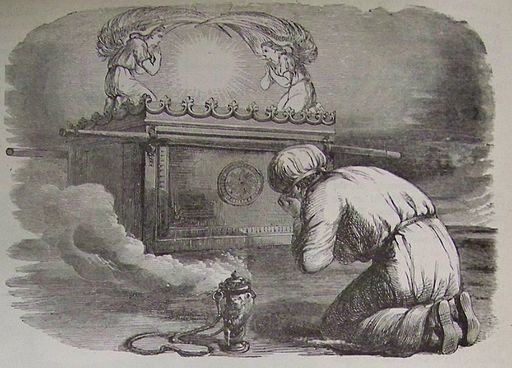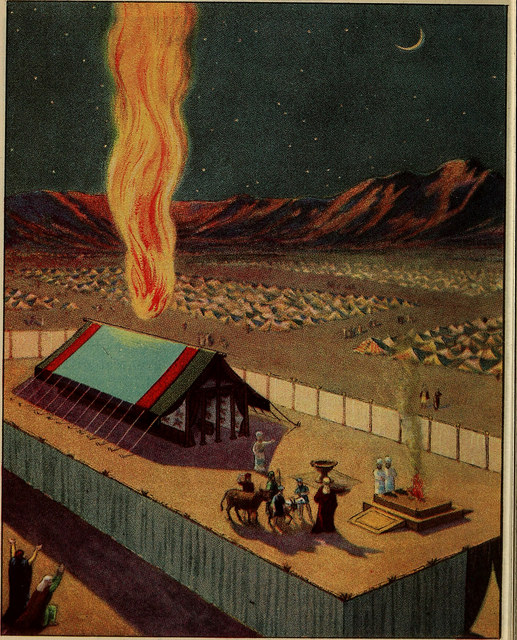Podcast: Play in new window | Download (Duration: 1:22:23 — 113.8MB) | Embed
Subscribe: Apple Podcasts | Stitcher | More

Image in the Public Domain
Atonement Part 3-Covering
We’re still at it. We’re still trying to pry open the meaning of this word atonement. And, by the way, we’re really more interested in WHY the word atonement was created. “Atonement”, you should know by now, is an invented English word. (I realize ALL words are invented but you get my meaning.) However, it isn’t abundantly clear who invented it. Some say William Tyndale made it up; some say there is evidence that it existed before Tyndale began using it. We can, however, be certain that William Tyndale is the first person to use it in a Biblical context and, frankly, that’s really the only context we’re interested in, at the moment. The problem we’re facing is how the word is currently defined versus what we are told the word meant originally. There appears to be some conflict between the modern use of the word and what Tyndale intended the word to mean. The disparity seems irreconcilable and that is what has set us on our journey. You see, we don’t hide from controversy. We don’t shy away from what some might consider Biblical disagreement and we don’t blame God or His Word when we, in fact, suffer, simply, from a lack of understanding. Around here we do what we can to figure it out.
So, today we will look at the Old Testament use of the word. Of course, William Tyndale is not, necessarily, known for his Old Testament work. He was actually executed before he could finish his translation of the Hebrew Scripture but it is clear that his New Testament translation influenced later Old Testament English translations, including the King James. Those later translators must have liked his use of the word atonement because it appears quite extensively; more than 80 times, the majority of which occur in the Book of Leviticus. Now, this shouldn’t surprise us because it is in the Book of Leviticus that God deals, administratively, if you will, with sin. In God’s Plan, where sin exists, atonement must be present and that speaks of Christ. Starting to see why we’re taking the time to study this word?
So, once again, I call you to pause a moment and go to God and ask for His help. Pray that He will send His Spirit so that you and He can work out how His Plan fits into your life. Ask Him to open your eyes that you may behold wondrous things out of His Law. (Psalm 119:18)

